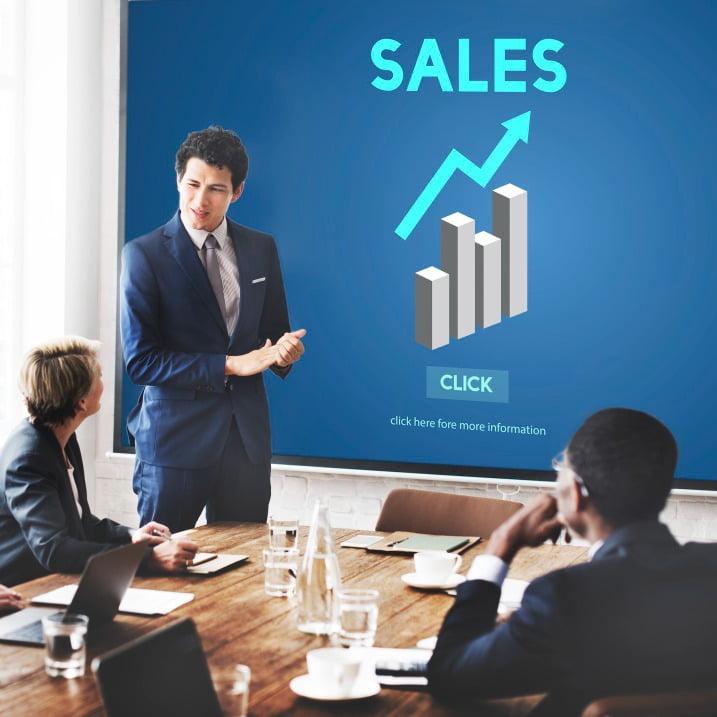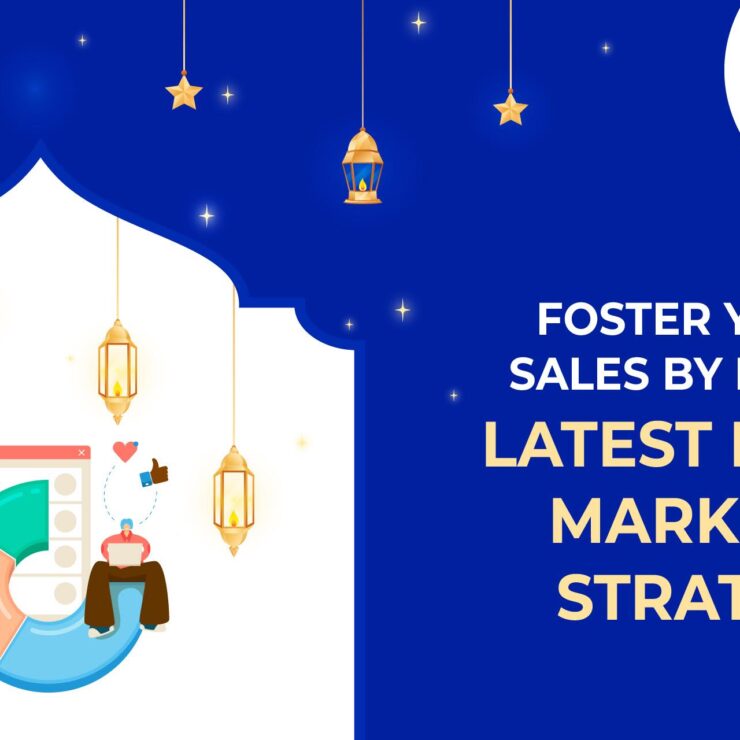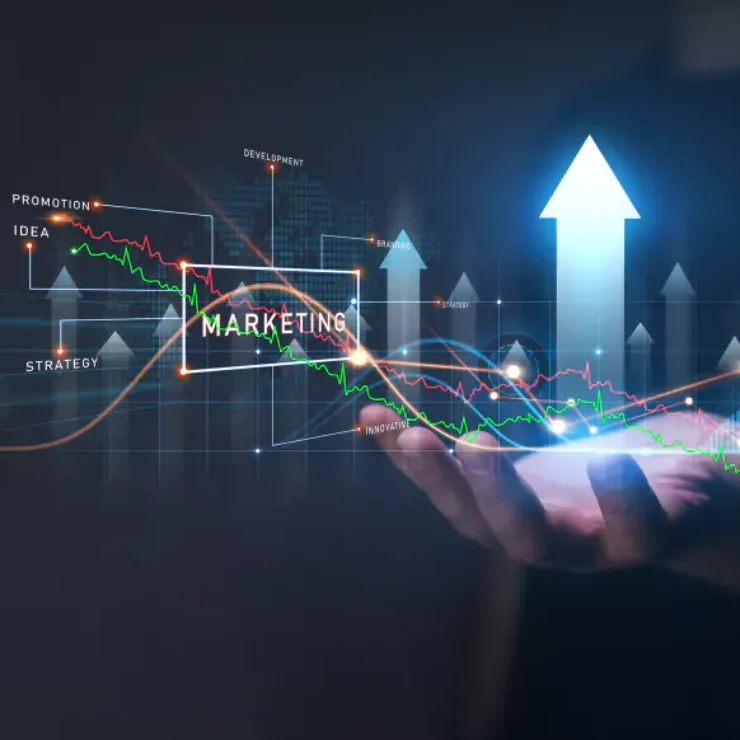What could be more complex than captivating a customer’s mind when they have a plethora of options? To break down the complex formula of a customer’s mindset, you should have a simple signature marketing mantra. This needn’t be strictly unique, but the way of its implementation should be distinctive and appealing.
Once before weaving a marketing strategy, everybody has to perceive that most of the purchases are not made on the spur of the moment. Before setting the priority, customers go through a number of conceptual phases to make a purchase. Whether it’s a sanitary napkin, curry powder, luxury cars, or anything, customers always think thrice or more. The phases once before the purchase of a particular product of a brand include a better understanding of the industry, brand, quality, reviews, testimonials which can impact a brand’s success or failure.
If you aim for nothing other than success, all you need is a solid marketing strategy. Let us follow up with a question: are you familiar with Digital Marketing Funnel? The Digital Marketing Funnel is a strategy model that depicts the customers’ complete buying path, from the moment they know about your product/brand/company to the moment they become consumers. This is a critical resource for marketing success. You should have a profound perception of each level of the sales funnel which has a significant impact on customer behavior. This will undoubtedly assist you in implementing new ideas in order to increase the number of people who progress from one phase to the next. One of the most effective principles in marketing is optimizing your sales funnel.


What is a Sales Funnel?
The process potential customers take on their approach to make a purchase is described by the sales funnel, which is a marketing term. A sales funnel has multiple steps, which are commonly referred to as the top, middle, and bottom of the funnel, however, these steps can change depending on a company’s sales model. For instance, if you are running an online clothing business and if the customer came to know about your business and visits your website, this is the top of the sales funnel. If the customer selects some clothes and added in the cart to check out, this is the middle of your funnel. Once they finish the purchase, then they are at the bottom of the funnel. These steps of your sales funnel are the same no matter what kind of business you’re in.
Why is a Sales Funnel significant?
A sales funnel can assist you to figure out what potential consumers are thinking and doing at different stages of the buying process. These insights enable you to allocate resources to the most effective marketing activities and channels, craft the most appropriate messaging at each stage and convert more leads into paying customers.
What are the stages of the Sales Funnel?
Despite the fact that the sales funnel is well-described with numerous terminologies, it primarily consists of four steps, which are vital in marketing.
1. Awareness
When your prospect becomes aware of your business and what you offer, it completes the prior stage of a sales funnel. This is the phase where your customer becomes aware of your brand/product/company. They may have heard about you through advertising, social media, or word of mouth. Awareness matters here!
2. Interest
Once the awareness changes to interest, your first stage of the sales funnel is indeed successful and there is the entry to the second stage. Customers are more likely to be interested in your product/brand/company if they are aware of it and believe it to be the best solution. During this stage, you should provide appealing content that informs and educates the prospect. If you become too forceful or aggressive with your sales approach in this phase, you risk alienating the prospect and forcing them to quit. Your content should show off your knowledge and assist the prospect in making an informed decision.
3. Decision
When a customer is ready to buy, they are in the decision stage of the sales funnel. Prospects will research your pricing and packaging choices in greater detail. They should be able to discover a satisfactory solution to their inquiry, “Why should I buy this when I have other options?”
Make the answer as enticing as possible, whatever the case may be.
4. Action
This is the stage where the customer acts. The customer may or may not buy the product. But your job isn’t done anyway. You can research and improvise ways to succeed if the customer did not. If they did, thank your consumer for their purchase, urge them to contact you with any feedback, and, if necessary, offer tech help.
And it’s all about Sales Funnel!
Creating and optimizing a sales funnel takes time. But it is very crucial in marketing. You should know your target audience, their behavior, preferences, where and when do they click, how much time do they spend on a particular web page. You can’t do anything less than captivate their mind and lead them to your landing page. Market to your leads through email by providing amazing content. Be in touch with your customers by expressing gratitude, offering discounts and coupons, and anything else to satisfy their palate.
Once you’re done with all the tactics, measure the success rate of your sales funnel. Tracking your conversion rates is a wonderful approach to gauge the success of your sales funnel. If the conversion rates are less than you expect, revise the methodologies that you have implemented. Take your time to create a sales funnel that reflects both your desires and those of your target audience. Develop it over time, make adjustments to your approach at different phases of the sales funnel, and figure out why your efforts aren’t succeeding. Market efficiently, and try hard to make your product/brand/company your customers’ priority.
Everything matters to make your funnel very effective. Just shoot & Succeed!




